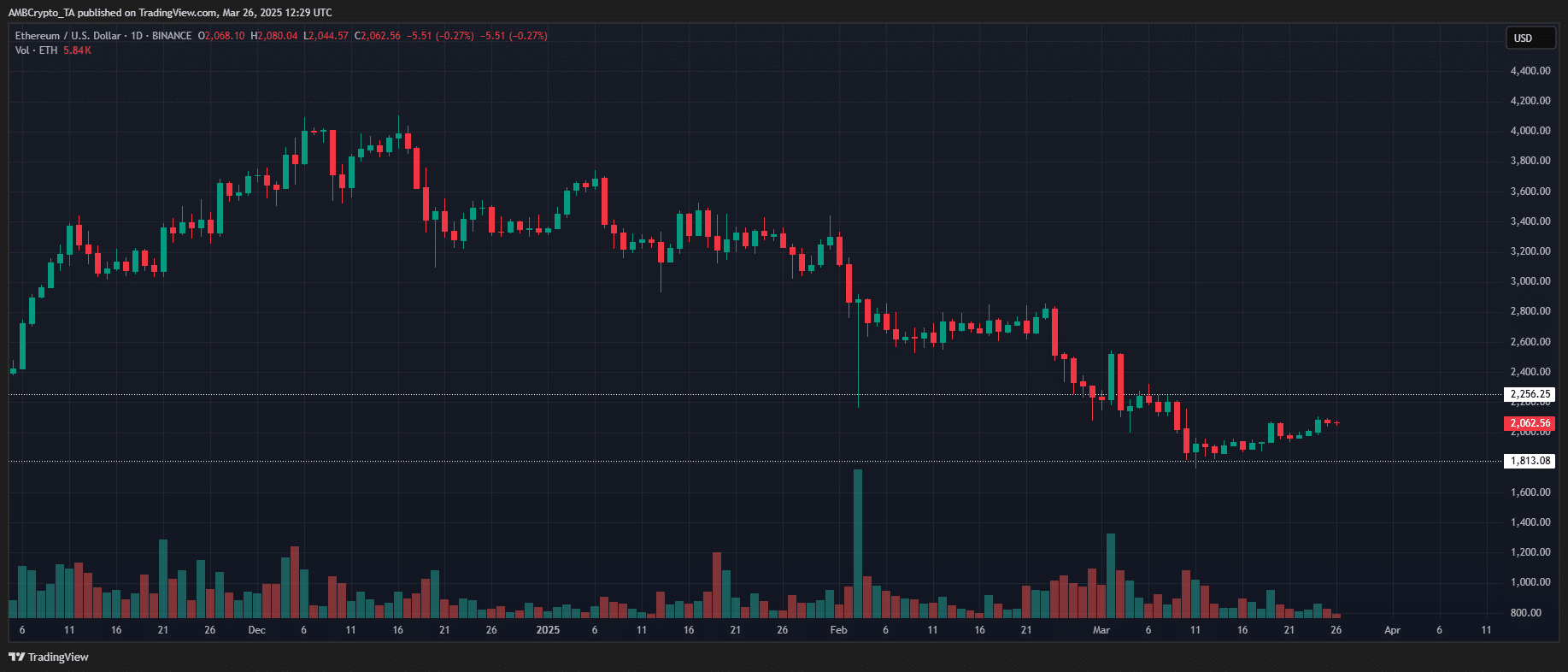- Bitcoin and Ethereum noticed a notable decline in retail adoption, as mirrored by shrinking community exercise.
- Will Q2 sign the onset of a deeper corrective cycle?
In keeping with the chart beneath, since Bitcoin’s [BTC] post-2020 bull cycle, the growth of distinctive wallets and energetic addresses has slowed, notably amongst wallets holding balances exceeding $1.
This stagnation aligns with the adoption curve mannequin, suggesting institutional accumulation has consolidated BTC into fewer high-value wallets.
Supply: Constancy Investments
In easy phrases, large-scale entities, resembling MicroStrategy (MSTR) have concentrated holdings, decreasing the necessity for broad pockets distribution. Because of this, broader distribution amongst retail members has declined.
Ethereum [ETH] has mirrored this development, registering its lowest adoption price in 2025. As institutional dominance grows, on-chain metrics might turn into much less dependable for assessing retail adoption sooner or later.
The market affect of this structural shift could possibly be profound. Institutional wallets more and more dictate liquidity cycles. For example, Bitcoin’s sharp retracement to $77k in February immediately correlated with sustained BTC ETF outflows.
On the twenty fifth of February, BTC ETFs registered a internet outflow of $1.4 billion, catalyzing a 5.11% value decline inside 24 hours. Ethereum ETFs have equally remained in a persistent sell-side section, struggling to draw contemporary inflows.
Extra critically, these institutional outflows have coincided with Trump’s aggressive tariff insurance policies, including a macroeconomic layer to crypto market volatility.
As Q2 unfolds, the administration seems to be in full “reset” mode. Whereas market reactions stay unsure, Bitcoin and Ethereum’s failure to duplicate their Q1 rally raises the query:
Will Q2 carry a bleak bearish cycle?
Meals for thought: Is Bitcoin and Ethereum’s Q2 cycle in danger?
Inside two weeks, Bitcoin has reclaimed $88k as BTC ETFs reverted to internet inflows. MSTR capitalized on this momentum, accumulating 6,911 BTC for $584 million at a mean acquisition value of $86k.
Ethereum adopted swimsuit, briefly retesting $2k. Nonetheless, its extended consolidation, coupled with declining community adoption and subdued institutional inflows, suggests underlying structural weak spot.
If BTC encounters resistance and retraces, ETH’s value motion could possibly be susceptible to a deeper corrective section.

Supply: TradingView (ETH/USDT)
Weak fundamentals and selective accumulation by high-value wallets might act as a headwind for each Bitcoin and Ethereum’s Q2 rally.
Traditionally, BTC’s Q1 energy has triggered an altcoin surge, but this cycle’s value motion has diverged. The important thing differentiator? Heightened macroeconomic volatility.
If institutional capital inflows fail to offset this volatility within the upcoming quarter, each Bitcoin and Ethereum might face distribution stress and delay a full-scale development continuation.

